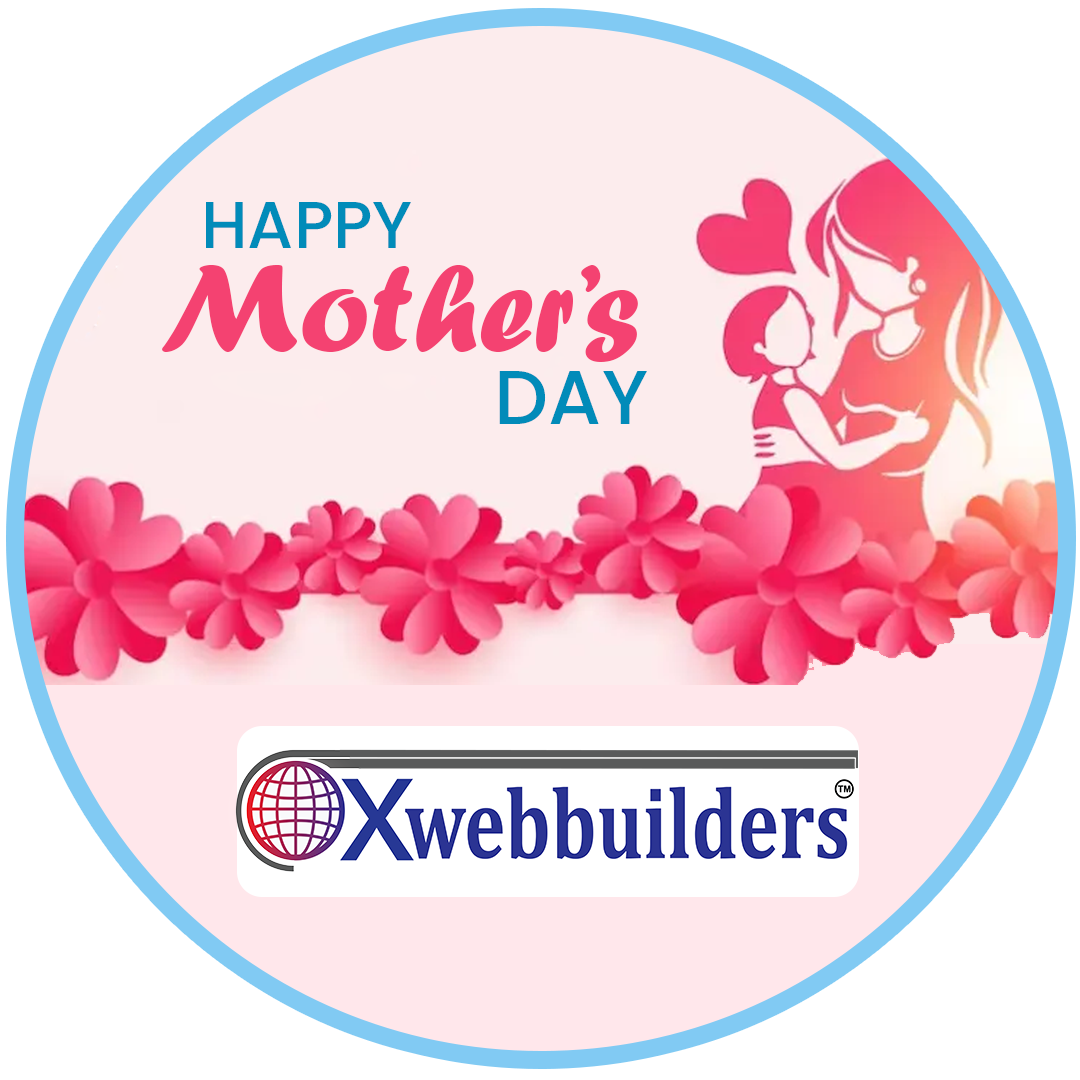
May 11, 2025

One of the most rapidly growing formats today is in-feed shopping, or social commerce, as they call it. Many platforms, including Instagram, Facebook, Pinterest, and TikTok, make it possible for businesses to tag products in posts, enabling users to buy products within feeds. In light of the new social and online purchasing trend, in-feed buying is likely to be a significant factor in business development and additional sales channels. The following guide by our Content Marketing Services provides all the information required to make your business in-feed shopping ready across primary social networks.
The term in-feed shopping is used to describe the way social media consumers can buy products that are advertised in feed posts. For instance, when you are browsing through Instagram and come across something you would want to shop for and see a tag of the product you want, you can click on the tag and shop for it without even having to leave the app.
In-feed shopping reduces barriers in the purchase process since it means that shopping occurs during content consumption. More than half of Instagram users claim that they have shopped on this platform because users can stumble upon a product they have in mind within the feed or Stories section.
The top social platforms that allow in-feed shopping capabilities are:
Instagram: Products can be tagged in the Instagram posts and Stories, which, when the users swipe up, display pricing and options for buying.
Facebook and Instagram Ads: Merchants can use tagged links that people can click on and be redirected to the checkout page.
Pinterest Tabs: Merchants can promote their catalogs pinned under shopping tabs on the Pinterest business profile.
TikTok: Quite a new concept on TikTok to offer purchasing opportunities in the middle of the posts on the platform.
Convenience: The primary benefit of in-feed shopping is the ability to purchase without interruption to the shared content. Instead of selecting an item they like, going to the app store to download the company website, and searching for the product, shoppers can click and purchase the item. This eliminates all hurdles; therefore, impulse buying is as easy as pushing a button. This ease of access goes a long way toward explaining why in-feed posts are between two and five times as effective in converting consumers as other forms of social media marketing.
Personalization: In-feed shopping also makes it possible to personalize the products supported. By the time people share what they like, comment on posts, and purchase items, the platforms are in a position to recommend products that they know will suit the users. The customization increases the chances of finding and purchasing products that suit the user's preference. It offers a perfect opportunity for brands to reach the right audiences with little to no discrepancy.
Mobile Optimization: Modern customers, especially Millennials and Gen Z, are also active users of their smartphones for social media and purchasing. Instead of forcing them to navigate separate pages to shop, in-feed shopping sits before them. It does not make them jump through hoops by forcing them to go to another device or app, which is a barrier at the purchase point. A simplified buying process for mobile retains customer patronage and is an implication of changes in customer conduct.
Trust Signals: By buying products directly from social media platforms, the shoppers are endowed with social proof. This way, it is considered trustworthy when the same users find that their friends are interacting with a particular brand through likes or comments. In the present research context, user-generated content can be described as a form of recommendation. These social signals help brands and products gain credibility when consumers evaluate products in this stage of the purchase consideration stage. The idea of in-feed shopping leverages trust that has already been established between shoppers and the platforms.
Optimization: Ensure your Content Marketing Company's product catalog is optimized for in-feed navigation and purchase. Pictures and videos should be high-resolution, attractive, and appropriately provided for rectangular social network frames. I think that descriptions should be as short as possible, but at the same time, they should influence the reader and make him interested in what is happening in the story. Ensure that products are tagged correctly with the appropriate keywords, categories, and other metadata to ensure it is returned in a search. Other features that should be included are progression tagging for variants, such as size and color.
Cross Sell Products through Ads: Promote on paid social ads your products and lead your audience to in-feed shopping checkouts. Specifically, adjust the tone, message, and visuals to encourage an immediate response. Validate your test ads against your high-performing products and your targeted buyer personas. Look at click-through rates and return on investment for social advertisements. Optimise campaigns to achieve the desired goals.
Curate Shareable Product Collections: Create collections that are easy to buy and share through social networks, galleries, or albums. Ensure that customers can scroll through in-stream content in a very graphic interface and make purchases within a couple of clicks. Post items from the brand profile, paid promotion section, influencer marketing, and other people using your products.
Partner with Social Influencers: Engage key opinion leaders within your industry to create and share in-feed promotions that can be shoppable. Use the promoted organic post and story by offering to provide other related products for free. It's important to match the influencers you work with to the overall feel of your brand and its demographic. Set up highly flexible working rates for follower numbers, the level of engagement, and the conversion rate.
Integrate Social Commerce Solutions: Develop and employ social commerce solutions tailored to the context to ease sales through social networks. They offer tailored front-end environments, campaign generation capabilities, product categorization, analytics, and seamless integration capabilities with all pivotal social and marketplace platforms. Integrate these solutions with a single system's e-commerce store and payment gateway.
Analyse Performance and Optimise: It is crucial to consistently monitor and compare the in-feed shopping metrics across all social media platforms. Examples of key metrics include impressions, engagement rate, clicks, click-through rate, add-to-cart rate, sales rate, and return on spending. Find out which categories of products sell well, which price ranges are appropriate, and which target audiences are most fitting. Tune your plans, ads, products, and promotions to their best-performing alternatives. Significant ongoing optimization exists to deliver a sustainable and profitable outcome with this unproven retail format.
Marketing through social media is likely to remain dominant in the future as these platforms remain committed to enhancing shoppable features, and thus, the right positioning of your business on these platforms will be critical to future revenue generation through social commerce. If you still need to set up the correct base for social shopping, follow a checklist outlined below, then continuously experiment to develop an enhanced in-feed purchasing plan progressively. For more information or to avail services of our content marketing services company in Ashburn, Virginia, visit Xwebbuilders.com.